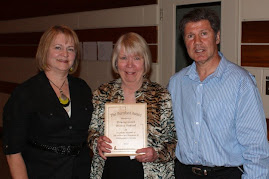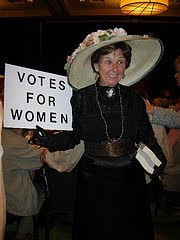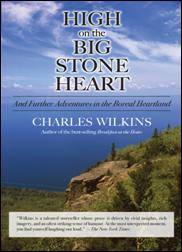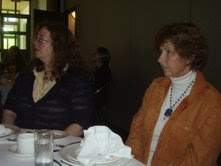2 Her opening sentences. I took up an Alice collection and paced through it just to read the first sentences. Very often they set the place and time and name of the protagonist (or one of the protagonists) and immediately slam you into the story. Some examples from her book Runaway follow. Every first sentence tells you a lot.
Carla heard the car coming before it topped the little rise in the road that around here they called a hill.
Halfway through June, in 1965, the term at Torrence House is over.
Not too long ago, Grace went looking for the Traverse’s summer house in the Ottawa Valley. ( I love the colloquial phrase, not too long ago. She starts another story with, It was a hot enough day…)
5. Her manipulation of time. Alice swings back and forth in time as effortlessly as a trapeze artist. She starts with a prologue or a long opening section and the next thing we know, we are back in the past and then, a space and we are further back in the past and so on. Alice can turn the clock with one word. You don’t even notice the word, but you are back there.
6.Her use of many points of view. Just as Alice plays with time the way a child plays with plasticine, Alice also can flip effortlessly among various points of view in a single story. Often she leaves a space and starts the next section with the name of the new POV. The mystery is that you do not mind the change from one character to another. I think that sometimes the tension is so strong that you long for a breather and so, you are glad to get under the skin of someone else.
7. Her stories are long. No snippy 1,500 words for her. She would not fit the submission requirements of most literary magazines or literary contests. One has a feeling she does not care. You settle into an Alice story the way you settle into a novel. You cannot read them one after another. They are too powerful and too thought-provoking.
8. Rereading is such a pleasure. Every time, you see something new. Her stories are timeless. Like Chekhov, Atwood, Hemmingway, Gallant and other masters, you can re-read then any time. They never date. My heart still thumps, my brain still puzzles. The emotional experience is the same. I have listened to them on audio books and got a completely different take. When I am old and grey and full of sleep, let me have a good Boise headphone and an Alice story to listen to.
9. Feelings, such a banal word. The Victorians would call them sentiments or passions. Whatever. The point is Alice conjures them up. Her characters have feelings and we share them. The deep disappointment of Almeda in “Menesetung.” The sly mischievousness of the little girls in “Hateship, Friendship.” Her characters feel deeply and you feel with them. A mother loses her daughter to a cult. I still feel for that mother and it has been a few years since I last reread the story. Parents almost lose a child to drowning in “Miles City Montana”. My own relief still operates. A woman is jilted by her lover. A woman learns her husband fathered an illegitimate child. An elderly woman confronts an intruder. A grandmother sees her grandson lured away by a possible molester. I stopped breathing, reading this one. A husband sees his wife disintegrate into Alzheimer’s. And then…. There is always more.
A fitting tribute to one of the greatest writers on the planet.












































































































































































































































































No comments:
Post a Comment